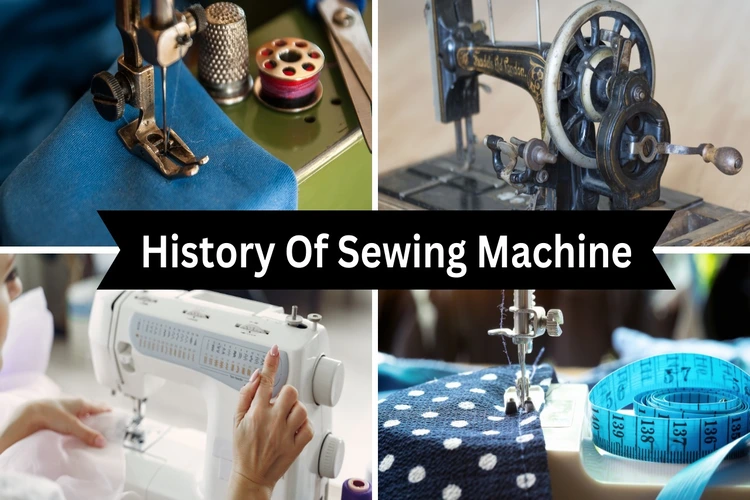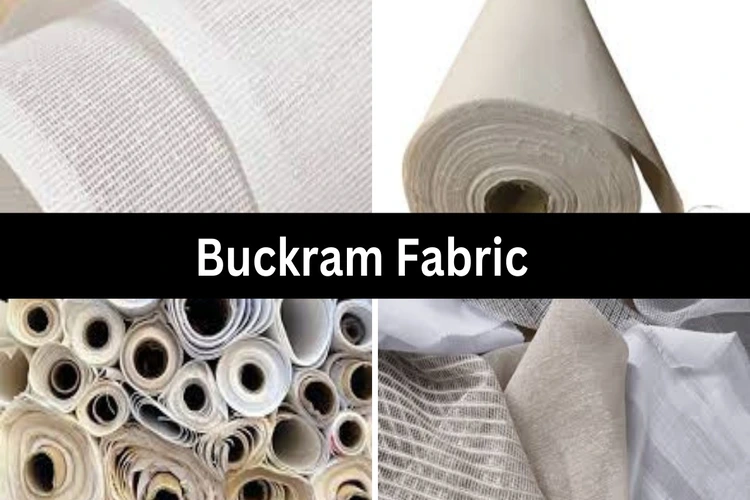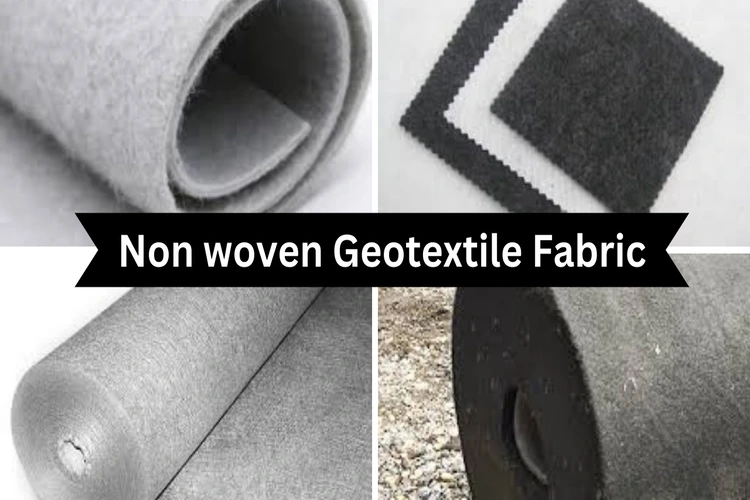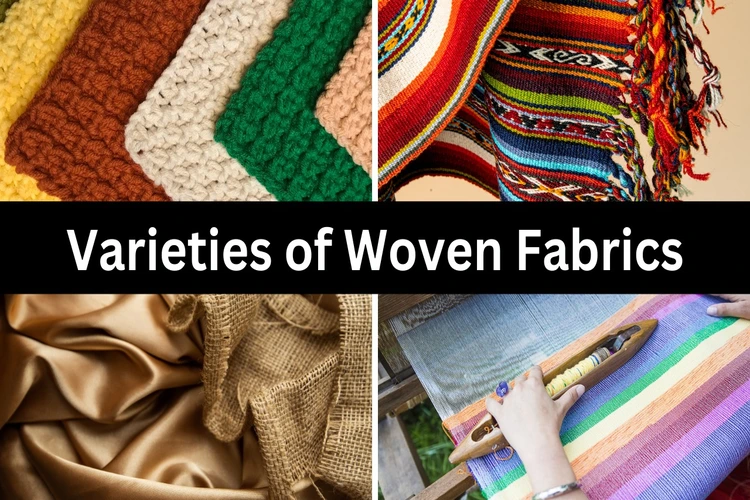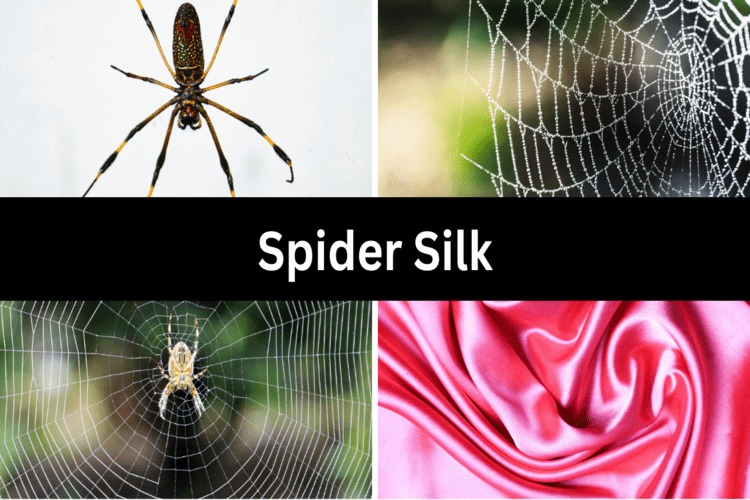Introduction The sewing machine‘s history is rife with conflict, albeit not the tension typically associated with sewing. Instead, it’s a tension born from burning factories, riots, and legal disputes as the machine evolved. With advancements in its mechanics, problems like patent infringements, idea theft, and lawsuits surfaced. This tumultuous past[…]
Buckram Fabric Guide, Applications, and Varieties
What is Buckram fabric? Buckram fabric, known for its rough, heavy, and open plain weave, is usually woven from cotton or hemp fibers. Its stiff and coarse texture results from being treated with starch and other sizing agents before drying. Mainly used to provide shape and structure to garments, buckram[…]
Non Woven Geotextile Fabric
What Is Non woven Geotextile Fabric? Non woven geotextile fabric are crafted by bonding short and long fibers together, often through techniques like needle punching or other methods. Heat treatment is typically applied to boost the strength of these geotextiles. Made primarily from synthetic materials such as polyester or polypropylene,[…]
Varieties of Woven Fabrics and Their Applications
What Is Woven Fabric? Woven fabrics are created through a process where two or more sets of yarn or threads interlace at right angles using a loom, which is a specialized machine. Essentially, any textile produced through weaving is referred to as woven fabric. Weaving is the most common technique[…]
Choosing the Right Underwear for Your Vacation
Streamlining your packing process can greatly improve your vacation. However, it’s easy to underestimate the significance of choosing the right underwear for your trip. Yet, having the correct assortment of underwear is vital for ensuring comfort and ease while traveling. Here’s a practical guide to help you select the ideal[…]
What is a Tech Pack and Why It’s Vital in the Apparel Industry?
What is a fashion tech pack? In the fashion industry, a fashion tech pack serves as a crucial document passed from brands or designers to factories. It offers detailed instructions on crafting clothing and other fashion pieces, serving as a blueprint for factories to ensure precise production. Fashion tech packs[…]
Spider Silk: Properties, Composition and Applications
History of Spider Silk Most of the silk came from silkworms, but some folks also used spider silk. Early Romans and Greeks wove spider silk into fabrics and nets and used it to treat injuries. Australian aborigines used spider silk for fishing lines and nets, sometimes crushing spiders onto the[…]

